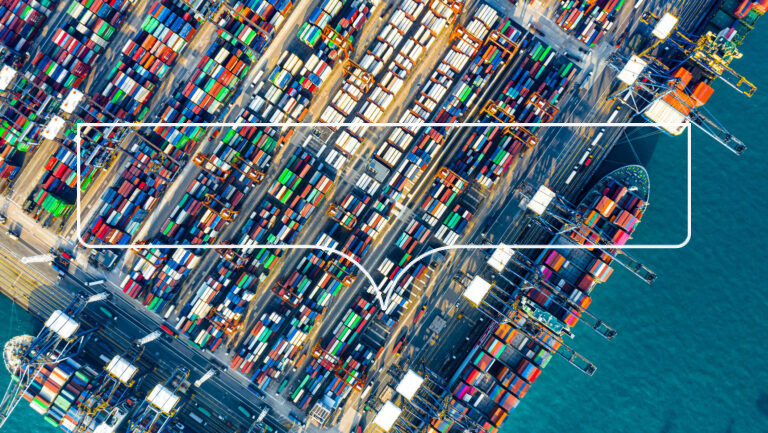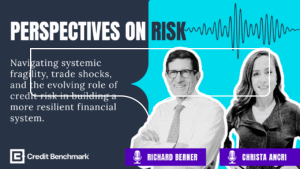
Credit Spotlight on Tariffs: The Wider Impact
Tariffs are reshaping trade and credit risk. Credit Benchmark data highlights early signs of strain and resilience.

The financial world relies on countless risk decisions.
Make them faster and more confidently with Credit Benchmark.
KNOW RISK.
KNOW CREDIT
BENCHMARK.
WHY CREDIT BENCHMARK?
Built by and for risk professionals, we offer a robust, independent alternative to traditional ratings models.






Multiple contributions per entity provide dynamic insights into how risk is shifting over time. From “the street” to your inbox, our timely intelligence empowers real-time responsive risk management. Early warning signals let you act before others and make decisions with confidence.


With oversight from financial regulators, you can ensure the contributions from financial institutions are validated and updated on a regular basis, and a contributor’s risk processes remain resilient in the face of a volatile economic landscape.
Built by and for risk professionals across banking and finance
globally, our data-driven solutions put you in The Know and ready to respond.
We support a variety of risk management and capital allocation use cases.
Our Solutions
90%+ of the entities with Credit Consensus Ratings are unrated by the large credit rating agencies.
Multiple updates every month provide timely insights into potential credit risk changes, enabling you to stay ahead with dynamic indicators of the changing landscape.
Access proprietary modeled outputs based on the views of risk takers for risk takers, ensuring a complete picture of risk, differentiated from traditional ratings.
Our Consensus requires multiple observations per entity before publishing to ensure the quality of the information presented.
Leverage over 100 data items at the entity and industry-level to understand how risk is shifting at a micro and macro level.
Millions of data points collected across 160 countries and all major sectors.
STAY IN THE KNOW
Research & Insights

Tariffs are reshaping trade and credit risk. Credit Benchmark data highlights early signs of strain and resilience.

Credit Benchmark has been recognised as Credit Data Provider of the Year by Risk.net in

Rising bond spreads will lift private credit spreads, requiring sharper borrower oversight – Credit Benchmark

Traditional CVA pricing often relies on incomplete or proxy data—especially for unrated or private counterparties—leading

Richard Berner, former Director of the Office of Financial Research and Co-Director of NYU’s Volatility
Testimonials
What our customers and partners say

SIGN UP.
STAY INFORMED.
By submitting this form, you agree to Credit Benchmark
Terms of Use and Privacy Policy.
Credit Benchmark brings together internal credit risk views from over 40 leading global financial institutions. The contributions are anonymized, aggregated, and published in the form of consensus ratings and aggregate analytics to provide an independent, real-world perspective of credit risk. Risk and investment professionals at banks, insurance companies, asset managers and other financial firms use the data for insights into the unrated, monitoring and alerting within their portfolios, benchmarking, assessing and analyzing trends, and fulfilling regulatory requirements and capital.

Please complete the form below to arrange a demo.